| | thepotteries.org |
|
Davenport
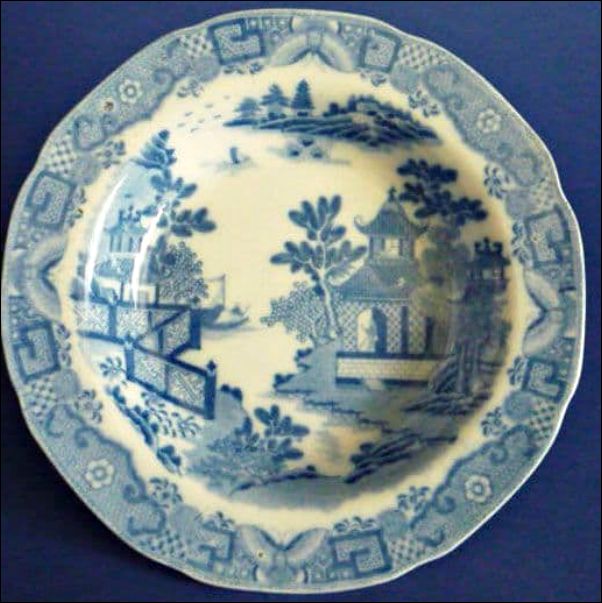

c. 1815
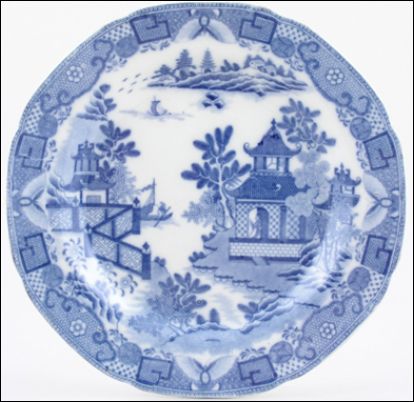
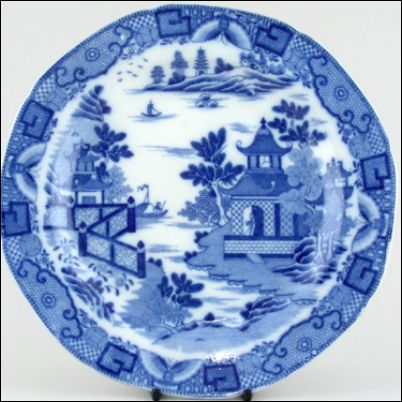
Minton
- more on Minton -
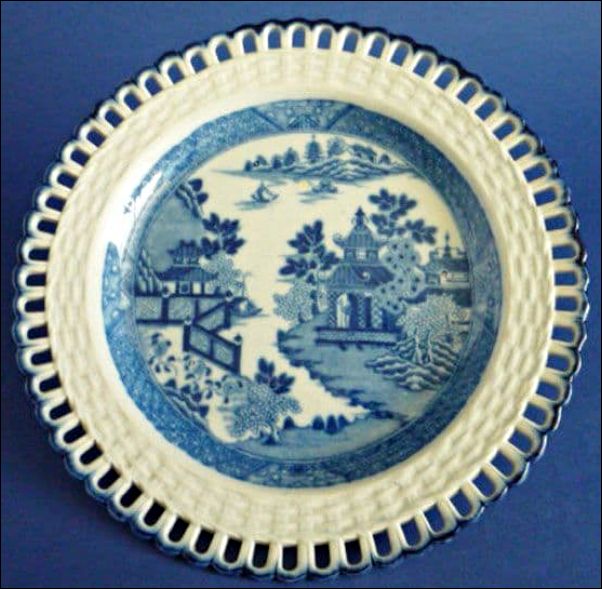
Minton c.
1810
The inner rim is moulded in the form of basket weave and the outer rim is
pierced and finished in hand painted blue.
Unmarked examples
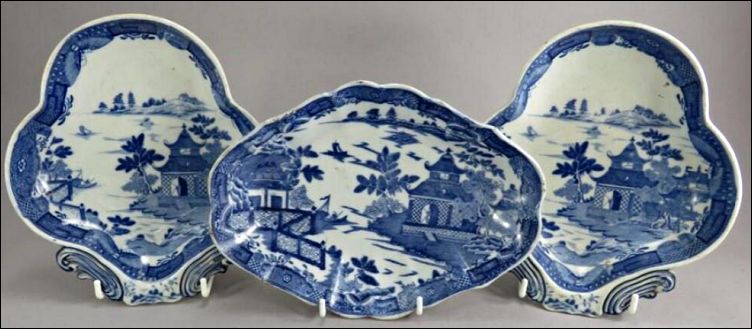
| Most examples of the Bridgeless pattern, including ones produced by Davenport & Minton were unmarked. |
Handpainted example
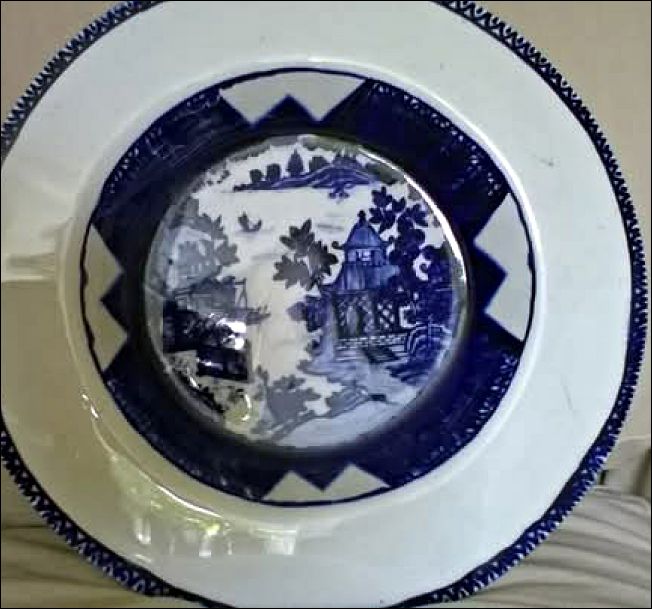
This is a handpainted reproduction of
the Bridgeless Pattern |
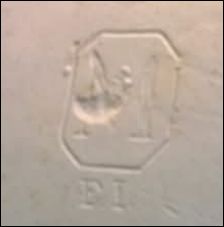
the mark is not attributable to any manufacturer - probably made up by the painter of the plate |
photos courtesy: Jackie Kennedy